In modern kitchen design, lighting plays a crucial role in both functionality and aesthetics. It is not just about illuminating the space, but also about creating the right ambiance and enhancing the overall design. Proper lighting can make a small kitchen feel larger, improve visibility and functionality in specific areas, and add drama and interest to the design. Whether you are renovating your kitchen or building a new one, it is important to pay attention to the lighting to create a space that is both practical and visually appealing.
Understanding the Different Types of Lighting for Your Kitchen
There are three main types of lighting that are commonly used in kitchens: ambient, task, and accent lighting. Each type serves a different purpose and can be used in combination to create a well-lit and visually appealing space.
Ambient lighting is the general lighting that provides overall illumination to the kitchen. It is usually achieved through ceiling-mounted fixtures such as recessed lights or chandeliers. Ambient lighting helps to create a warm and inviting atmosphere in the kitchen.
Task lighting, as the name suggests, is focused on specific tasks such as food preparation, cooking, and cleaning. It provides bright and focused light in areas where it is needed the most. Examples of task lighting in the kitchen include under-cabinet lighting, pendant lights over the island or sink, and track lights above the countertops.
Accent lighting is used to highlight specific features or objects in the kitchen, such as artwork or architectural details. It adds depth and visual interest to the space. Examples of accent lighting fixtures include track lights, wall sconces, and LED strip lights.
How to Choose the Right Lighting Fixtures for Your Kitchen
When selecting lighting fixtures for your kitchen, there are several factors to consider. First, you need to determine the purpose of each lighting fixture and how it will contribute to the overall design. For example, if you have a large island in your kitchen where you do most of your food preparation, you may want to install pendant lights above it to provide task lighting.
Second, consider the style and design of your kitchen. The lighting fixtures should complement the overall aesthetic and blend seamlessly with the other elements in the space. For example, if you have a modern and minimalist kitchen, you may want to choose sleek and simple lighting fixtures that match the clean lines and minimalistic design.
Third, consider the size and layout of your kitchen. The lighting fixtures should be proportionate to the size of the space and placed strategically to provide adequate illumination. For example, if you have a small kitchen, you may want to avoid large chandeliers that can overwhelm the space and opt for recessed lights or track lights instead.
Lastly, consider the energy efficiency of the lighting fixtures. LED lighting is a popular choice for modern kitchens due to its energy-saving properties. LED lights consume less energy than traditional incandescent bulbs and have a longer lifespan, which can help reduce energy costs in the long run.
The Benefits of LED Lighting in Modern Kitchen Design
LED lighting offers several advantages over traditional lighting options. First, LED lights are more energy-efficient, consuming up to 80% less energy than incandescent bulbs. This can result in significant cost savings on your energy bills.
Second, LED lights have a longer lifespan compared to traditional bulbs. They can last up to 25 times longer, which means fewer replacements and less maintenance.
Third, LED lights are more environmentally friendly. They do not contain harmful substances such as mercury, which is commonly found in fluorescent bulbs. LED lights also produce less heat, reducing the risk of fire hazards.
In addition to these practical benefits, LED lights also offer a wide range of design options. They come in various shapes, sizes, and colors, allowing you to create different lighting effects and moods in your kitchen. For example, you can use LED strip lights under the cabinets to create a soft and warm glow, or use color-changing LED lights to add a pop of color to your kitchen design.
Using Task Lighting to Improve Functionality in Your Kitchen
Task lighting is an essential component of modern kitchen design as it improves visibility and functionality in specific areas of the kitchen. It provides bright and focused light where it is needed the most, making tasks such as food preparation, cooking, and cleaning easier and more efficient.
One common example of task lighting in the kitchen is under-cabinet lighting. These lights are installed underneath the upper cabinets and provide direct illumination to the countertops. They eliminate shadows and dark spots, making it easier to see what you are doing while preparing food or cooking.
Another example of task lighting is pendant lights. These lights are often installed above the island or sink area, where most of the food preparation and cleaning takes place. Pendant lights provide focused light that is directed downwards, illuminating the work surface and making it easier to perform tasks.
Task lighting can also be achieved through track lights or recessed lights. Track lights are adjustable and can be directed towards specific areas of the kitchen, while recessed lights are installed in the ceiling and provide overall illumination to the space.
Enhancing Your Kitchen with Ambient Lighting
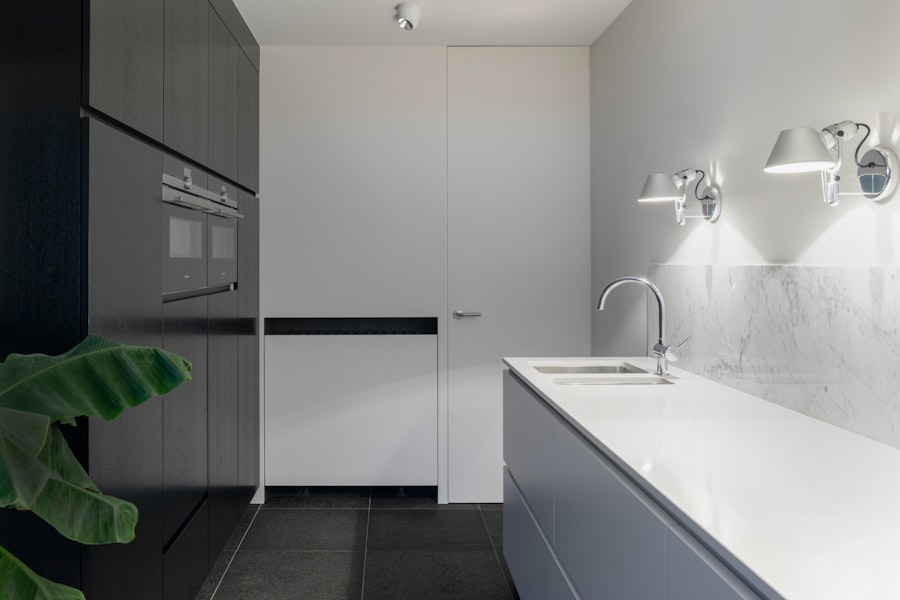
Ambient lighting plays a crucial role in creating a warm and inviting atmosphere in the kitchen. It provides overall illumination to the space and helps to set the mood for different activities such as cooking, entertaining, or relaxing.
One common example of ambient lighting in the kitchen is recessed lighting. These lights are installed in the ceiling and provide general illumination to the entire space. They are often used in combination with other types of lighting to create a layered lighting effect.
Another example of ambient lighting is chandeliers or pendant lights. These fixtures not only provide general illumination but also serve as a focal point and add visual interest to the kitchen design. They come in various styles and designs, allowing you to choose one that complements your kitchen’s style and aesthetic.
Wall sconces are another option for ambient lighting in the kitchen. They can be installed on the walls to provide soft and diffused light, creating a cozy and intimate atmosphere.
Creating a Mood with Accent Lighting in Your Kitchen
Accent lighting is a great way to add drama and interest to your kitchen design. It is used to highlight specific features or objects in the kitchen, such as artwork, architectural details, or decorative items.
One common example of accent lighting in the kitchen is track lighting. These lights are installed on a track that can be adjusted to direct light towards specific areas or objects. Track lighting is versatile and can be used to highlight artwork, shelves, or other decorative elements in the kitchen.
Another example of accent lighting is wall sconces. These fixtures are installed on the walls and provide focused light that can be directed upwards or downwards. Wall sconces can be used to highlight architectural details such as columns or arches, or to create a soft and diffused glow on the walls.
LED strip lights are also commonly used for accent lighting in the kitchen. These lights are flexible and can be installed under cabinets, along shelves, or around other objects to create a subtle and indirect glow.
The Role of Natural Lighting in Modern Kitchen Design
Natural lighting is an important element of modern kitchen design as it provides several benefits. First, natural light improves mood and well-being. Exposure to natural light has been shown to increase serotonin levels in the brain, which helps to improve mood and reduce stress.
Second, natural light enhances the aesthetics of the space. It brings out the true colors of materials and finishes, making them appear more vibrant and appealing. Natural light also creates a sense of openness and spaciousness, making a small kitchen feel larger and more inviting.
To maximize natural light in your kitchen design, consider the placement and size of windows. Large windows or glass doors can bring in ample natural light and provide a connection to the outdoors. If privacy is a concern, you can use frosted or tinted glass or install blinds or curtains that can be opened or closed as needed.
You can also use reflective surfaces such as mirrors or glass backsplashes to bounce natural light around the space and create a brighter and more open feel. Additionally, consider using light-colored finishes and materials that can reflect natural light and make the space appear brighter.
Maximizing Small Spaces with Clever Lighting Solutions
In small kitchens, lighting plays a crucial role in making the space feel larger and more open. By using clever lighting solutions, you can create an illusion of space and maximize the functionality of the kitchen.
One effective way to make a small kitchen feel larger is by using mirrored backsplashes. Mirrors reflect light and create an illusion of depth, making the space appear bigger than it actually is. Mirrored backsplashes also add a touch of elegance and sophistication to the kitchen design.
Another way to maximize small spaces is by using pendant lights. These lights are suspended from the ceiling and provide focused light that can be directed downwards. By installing pendant lights above the countertops or island, you can create a visual separation between different areas of the kitchen and make the space feel more organized and functional.
LED strip lights are also a great option for small kitchens. These lights are flexible and can be installed under cabinets or along shelves to create a soft and indirect glow. LED strip lights not only provide additional illumination but also add visual interest to the space.
Future Trends in Modern Kitchen Lighting Design
As technology continues to advance, new trends in kitchen lighting design are emerging. One of these trends is smart lighting, which allows you to control the lighting in your kitchen using a smartphone or voice commands. Smart lighting systems can be programmed to adjust the intensity and color of the lights, creating different moods and atmospheres in the kitchen.
Another emerging trend is integrated lighting systems, where lighting fixtures are seamlessly integrated into the architecture and design of the kitchen. For example, LED lights can be installed in the toe kicks of cabinets or under countertops to create a floating effect and add a touch of elegance to the space.
These trends are shaping the future of modern kitchen design by offering more flexibility, convenience, and customization options. Whether you are renovating your kitchen or building a new one, it is important to stay updated with these trends to create a space that is both functional and visually appealing.

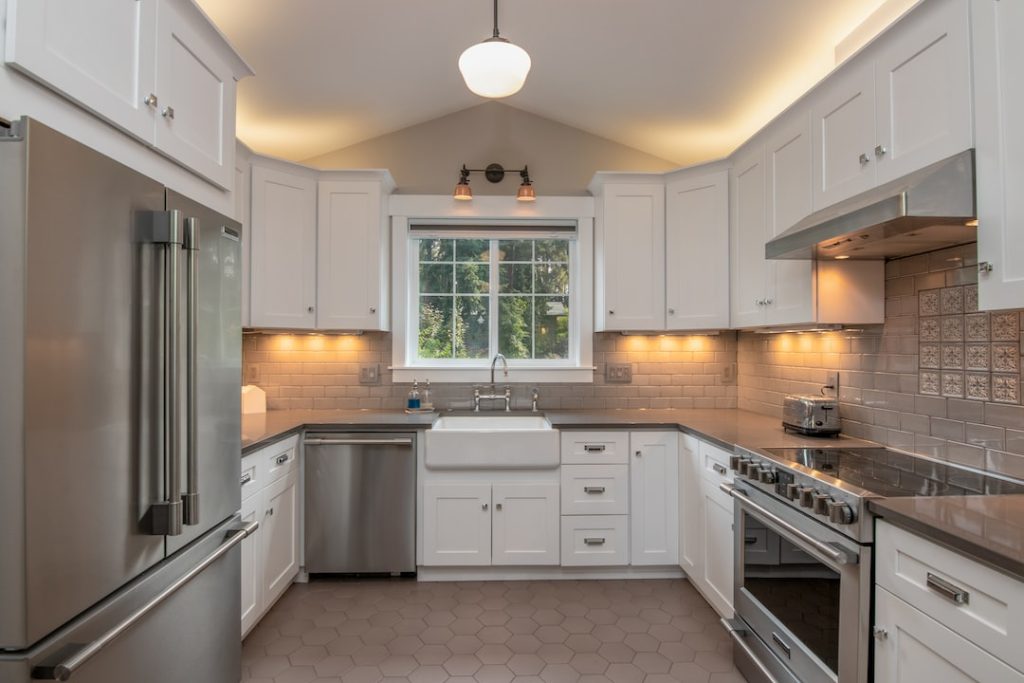
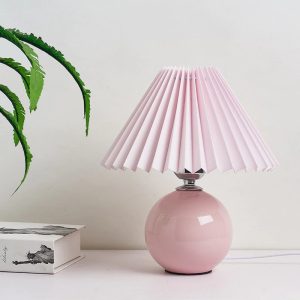
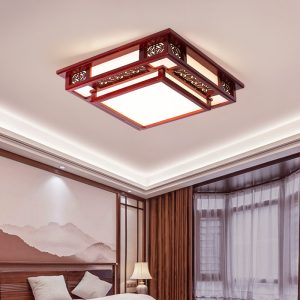

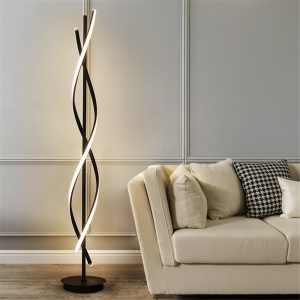
More Stories
Lighting up the Kitchen: The Latest in Ceiling Lights for a Brighter Cooking Experience
Tafel LED Lamp op Batterij: The Portable Lighting Solution for Any Space
Lighting Ideas for Your Dazzling Dining Area